Home>Garden Essentials>How To Grow Popcorn Seeds


Garden Essentials
How To Grow Popcorn Seeds
Modified: March 16, 2024
Learn how to grow popcorn seeds in your garden. Discover the best techniques and tips for a successful popcorn harvest.
(Many of the links in this article redirect to a specific reviewed product. Your purchase of these products through affiliate links helps to generate commission for Storables.com, at no extra cost. Learn more)
Introduction
Welcome to the wonderful world of popcorn! Whether you’re a popcorn enthusiast or just a gardening enthusiast looking to try something new, growing your own popcorn seeds can be a rewarding and satisfying experience. Not only will you have a fresh and delicious snack right in your own backyard, but you’ll also have the joy of watching your popcorn plants flourish and produce their tasty kernels.
In this article, we’ll delve into the process of growing popcorn seeds, from selecting the right seeds to harvesting and enjoying your very own homemade popcorn.
Before we dive into the details, it’s important to note that there are specific popcorn seeds that are different from the regular corn seeds you may be accustomed to. Popcorn seeds have a tougher outer layer and are specially bred for their ability to pop when exposed to heat. So, let’s get started on this popcorn-growing adventure!
Key Takeaways:
- Selecting the right popcorn seeds is crucial for a successful harvest. Consider factors like popping potential, disease resistance, and flavor profile to find the perfect variety for your garden.
- Proper soil preparation, including testing, amending, and adding organic matter, sets the stage for healthy popcorn plants. Choose a sunny location, clear the area, and avoid excessive fertilization for optimal growth.
Read more: How Are Popcorn Seeds Made
Selecting the Right Popcorn Seeds
When it comes to growing popcorn seeds, selecting the right variety is crucial for a successful harvest. There are many different varieties of popcorn seeds available, each with its own unique characteristics and popping qualities. Here are some factors to consider when choosing the right popcorn seeds:
- Popping Potential: Look for popcorn seeds that have a high popping rate. This means that a larger percentage of the kernels will pop into fluffy and tasty popcorn.
- Disease Resistance: Check if the popcorn variety you’re considering is resistant to common corn diseases such as smut or leaf blight. Opting for disease-resistant seeds can help ensure a healthier and more productive popcorn crop.
- Growing Season Length: Consider the length of your growing season. Some popcorn varieties have shorter maturity times, making them more suitable for regions with shorter growing seasons.
- Flavor Profile: Different popcorn varieties have distinct flavors and textures. Some have a more delicate, sweet flavor, while others are more robust and nutty. Consider your personal taste preferences and experiment with different varieties to find the one you enjoy most.
- Open-Pollinated vs. Hybrid: Decide whether you want to grow open-pollinated or hybrid popcorn seeds. Open-pollinated varieties can be saved and replanted for future seasons, while hybrid varieties offer certain advantages such as disease resistance or higher yields.
You can find popcorn seeds at local nurseries, seed catalogs, or reputable online seed suppliers. Don’t be afraid to reach out to fellow gardeners or popcorn enthusiasts for recommendations or to share their own experiences with different popcorn varieties.
In the next section, we’ll explore the proper preparation of soil to create the optimal growing environment for your popcorn seeds.
Preparing the Soil
The key to successful popcorn cultivation lies in preparing the soil to create the ideal growing conditions for your popcorn seeds. Follow these steps to ensure your popcorn plants have a strong foundation:
- Choose the Right Location: Find a sunny spot in your garden that receives at least 6-8 hours of direct sunlight each day. Popcorn plants thrive in warm and sunny conditions.
- Clear the Area: Remove any weeds, rocks, or debris from the planting area. Weeds can compete with your popcorn plants for nutrients and water, so it’s essential to have a clean and weed-free space.
- Test the Soil: Conduct a soil test to determine the pH level and nutrient content of your soil. Popcorn plants prefer slightly acidic soil with a pH range of 5.8 to 7.0. If necessary, amend the soil with organic matter or lime to adjust the pH level.
- Loosen the Soil: Use a garden fork or tiller to loosen the soil to a depth of 6-8 inches. This will promote good root penetration and drainage, allowing the popcorn plants to establish strong roots.
- Add Organic Matter: Incorporate organic matter such as compost, well-rotted manure, or leaf mold into the soil. This will improve the soil’s texture, fertility, and water-holding capacity.
- Avoid Excessive Fertilization: While it’s important to provide your popcorn plants with nutrients, avoid over-fertilizing, as this can lead to excessive foliage growth and hinder the development of popcorn kernels. Follow the recommended application rates for organic or slow-release fertilizers.
Once you’ve prepared the soil, it’s time to move on to the exciting part – planting your popcorn seeds! But before that, make sure you water the prepared soil adequately to provide a moist environment for the seeds to germinate.
Planting the Popcorn Seeds
Now that you’ve prepared the soil, it’s time to plant your popcorn seeds! Follow these steps to ensure successful germination and a healthy popcorn crop:
- Timing: Plant your popcorn seeds after the danger of frost has passed and the soil temperature has reached at least 50°F (10°C). In most regions, this is during the springtime. Refer to your local climate and planting zone for specific timings.
- Spacing: Allow adequate spacing between the popcorn plants to ensure proper air circulation and reduce the risk of disease. Plant the seeds in rows or blocks, with approximately 10-12 inches of space between each plant.
- Planting Depth: Sow the popcorn seeds at a depth of 1-2 inches into the prepared soil. Make sure to place them with the pointed end facing down. This will improve the chances of successful germination.
- Watering: After planting, give the seeds a thorough watering to provide the necessary moisture for germination. Keep the soil consistently moist but not waterlogged throughout the germination and growth process.
- Mulching: Apply a layer of organic mulch, such as straw or wood chips, around the base of the plants. This will help retain moisture, suppress weeds, and regulate the soil temperature.
- Seedling Care: As the popcorn seeds germinate and grow into seedlings, ensure they receive sufficient sunlight and continue to water them regularly. Protect young seedlings from pests by using physical barriers or organic pest control methods if necessary.
With the proper planting techniques and care, your popcorn seeds will soon sprout and begin their journey to become delicious popcorn kernels. In the next sections, we’ll explore important factors such as watering, sunlight, and fertilizing to ensure the healthy growth of your popcorn plants.
Watering the Seeds
Proper watering is crucial for the successful growth of your popcorn seeds. Follow these guidelines to ensure your popcorn plants receive the right amount of moisture:
- Consistency: Maintain consistent soil moisture throughout the growing season. Popcorn plants require regular watering, especially during periods of hot and dry weather. Avoid allowing the soil to dry out completely between watering sessions.
- Deep Watering: Water deeply, ensuring that the moisture reaches the root zone of the plants. Shallow watering only dampens the surface and promotes shallow root growth. Use a soaker hose or provide a slow and steady stream of water to allow for thorough, deep penetration.
- Frequency: Water your popcorn plants whenever the top inch of soil feels dry to the touch. The frequency of watering may vary depending on weather conditions, rainfall, and soil type. Monitor the soil moisture regularly to adjust your watering schedule accordingly.
- Morning Watering: Water your popcorn plants in the morning to allow for proper absorption and to prevent fungal diseases. This gives the foliage and soil a chance to dry before nighttime, reducing the risk of fungal growth.
- Watering Method: Avoid overhead watering, as it can encourage the spread of fungal diseases and wash away the pollen needed for successful pollination. Instead, focus on watering the base of the plants, ensuring the water reaches the root zone.
- Mulching: Apply a layer of organic mulch around the base of the plants to help retain soil moisture and prevent evaporation. Mulch also aids in weed suppression, which reduces competition for water resources.
Remember, it’s important to strike a balance when it comes to watering. Avoid overwatering, as it can lead to root rot and other diseases, while underwatering can stunt plant growth and result in poor kernel development. Observing the moisture needs of your specific popcorn variety and adjusting your watering practices accordingly will help ensure healthy and thriving popcorn plants.
In the next section, we’ll explore the importance of providing sufficient sunlight to promote the growth and development of your popcorn plants.
Tip: Plant popcorn seeds in well-drained soil with plenty of sunlight. Water regularly and space seeds 9-12 inches apart. Harvest when kernels are hard and dry.
Read more: How Long Does Popcorn Take To Germinate
Providing Sufficient Sunlight
Sunlight is an essential component of popcorn plant growth and development. Here are some tips to ensure your popcorn plants receive sufficient sunlight:
- Full Sun Exposure: Choose a location for your popcorn plants where they will receive full sun exposure. Popcorn plants thrive in bright sunlight, ideally getting at least 6-8 hours of direct sunlight each day.
- Avoid Shade: Keep your popcorn plants away from shading structures such as tall trees or buildings. These can cast shadows and deprive the plants of the necessary sunlight for optimal growth.
- Orientation: If possible, orient your popcorn rows or beds in an east-west direction. This allows the plants to receive maximum sun exposure throughout the day, as the sun moves from east to west.
- Monitor for Shade: Regularly check your garden throughout the growing season for any new sources of shade that may develop due to seasonal changes or nearby structures. Trim overhanging branches or adjust structures to ensure your popcorn plants receive consistent sunlight.
- Avoid Overcrowding: Plant your popcorn seeds with adequate spacing to prevent overcrowding. When the plants are too close together, they can create shade for each other and hinder their growth and sunlight absorption.
- Reflective Surfaces: Consider using reflective surfaces, such as white mulch or reflective film, around your popcorn plants. This can help redirect sunlight onto lower leaves and improve overall light availability.
Sunlight is vital for photosynthesis, the process by which plants convert light energy into sugars and nutrients. Adequate sunlight ensures healthier and more vigorous popcorn plants, promoting the development of large and flavorful popcorn kernels. So make sure to prioritize sunlight exposure when selecting the planting location for your popcorn garden.
In the next section, we’ll discuss the importance of fertilizing your popcorn plants to provide them with the necessary nutrients for optimal growth.
Fertilizing the Popcorn Plants
Fertilizing your popcorn plants is essential to provide them with the necessary nutrients for healthy growth and optimal popcorn production. Here are some tips to effectively fertilize your popcorn plants:
- Soil Test: Before fertilizing, conduct a soil test to determine the nutrient levels and pH of your soil. This will help you understand which nutrients may be lacking and guide your fertilizer choices.
- Choose the Right Fertilizer: Select a balanced fertilizer or a fertilizer specifically formulated for corn plants. Look for a fertilizer with a higher nitrogen (N) content, as nitrogen is crucial for leafy growth and overall plant vigor.
- Application Timing: Apply fertilizer before planting popcorn seeds or as a side-dressing during the growing season. Divide the total fertilizer application into multiple sessions, applying it in intervals to avoid excessive nitrogen buildup or nutrient leaching.
- Follow the Package Instructions: Read and follow the instructions provided on the fertilizer package for the recommended application rates and methods. Over-fertilizing can lead to nutrient imbalances and negatively impact popcorn production.
- Side-Dressing: Alongside initial fertilization, consider side-dressing additional fertilizer around the base of the plants when they reach a height of around 12 inches. This helps provide a continuous supply of nutrients during the critical growth stages.
- Organic Options: If you prefer organic gardening, use natural fertilizers such as compost, well-rotted manure, or fish emulsion. These organic alternatives not only provide essential nutrients but also improve soil structure and promote beneficial soil organisms.
Remember, while fertilizing is important, it’s also crucial not to over-fertilize your popcorn plants. Too much nitrogen can lead to excessive foliage growth at the expense of kernel development. Follow the recommended rates and monitor the growth of your popcorn plants for any signs of nutrient deficiencies or excesses.
In the next section, we’ll explore strategies to control weeds and pests, ensuring the health and productivity of your popcorn plants.
Controlling Weeds and Pests
Controlling weeds and pests is an integral part of successfully growing popcorn plants. Weeds compete with your popcorn plants for nutrients, water, and sunlight, while pests can cause damage and reduce your harvest. Here are some strategies to effectively control weeds and pests:
- Mulching: Apply a layer of organic mulch, such as straw or wood chips, around the base of your popcorn plants. This helps smother weeds by blocking sunlight and reducing their growth. Additionally, mulch helps conserve soil moisture and regulate soil temperature.
- Hand Weed: Regularly inspect and hand-pull any weeds that manage to emerge despite mulching. Be careful not to damage the popcorn plants while removing weeds. This method is most effective for small-scale gardens or patchy weed growth.
- Cultivation: Use a hoe or garden fork to cultivate the soil around your popcorn plants, breaking up the soil surface and uprooting small weeds. This method disrupts weed growth and exposes them to desiccation.
- Organic Weed Control: Consider using organic weed control options such as vinegar-based herbicides or homemade weed killer solutions. These can help suppress weed growth without introducing harmful chemicals into your garden.
- Companion Planting: Incorporate companion plants that naturally deter pests or attract beneficial insects. For example, planting marigolds alongside your popcorn plants can repel nematodes and other harmful pests.
- Monitoring: Regularly inspect your popcorn plants for any signs of pest infestation, such as chewed leaves or insect damage. Early detection allows for prompt intervention and prevents pests from causing extensive damage.
- Organic Pest Control: Utilize organic pest control methods such as hand-picking insects, introducing beneficial insects like ladybugs, or using organic insecticidal soaps or neem oil to control pests while minimizing harm to beneficial organisms.
- Crop Rotation: Rotate your crops each year to disrupt the life cycle and population growth of pests that may affect your popcorn plants. Avoid planting popcorn or other corn-related crops in the same area for consecutive years.
By practicing effective weed and pest control methods, you can create a healthy and thriving environment for your popcorn plants, leading to better yields and a higher quality harvest.
In the final section, we’ll explore the exciting process of harvesting your homegrown popcorn and offer tips on storing and enjoying it.
Harvesting the Popcorn
Congratulations! It’s time to harvest the fruits of your labor and enjoy the satisfaction of homegrown popcorn. Follow these steps to ensure a successful harvest:
- Timing: Harvest your popcorn when the corn ears reach full maturity. This is typically indicated by the drying and browning of the husks. Check the seed package for the specific harvesting timeline, as it can vary depending on the popcorn variety.
- Husk Inspection: Gently peel back the husks on a few ears of popcorn to inspect the kernels. They should be hard and fully formed. If the kernels are still soft or doughy, the ears require more time on the stalk.
- Hand Harvesting: For small-scale cultivation, hand-harvesting is the simplest method. Hold the stalk of the corn ear with one hand and twist it gently, pulling it downward to detach it from the plant. Avoid pulling too forcefully, as this may damage the stalk.
- Stalk Harvesting: If you’re growing popcorn in larger quantities, you may opt to harvest the entire stalk. Cut the stalk near the base using garden shears or a sharp knife. This allows for easier transportation and further drying of the ears.
- Drying: Once harvested, remove any excess leaves and hang the corn ears or stalks in a well-ventilated and dry location. This can be a garage, shed, or a covered porch. Allow the corn to dry for several weeks until the kernels become hard and dry to the touch.
- Shucking and Desilking: After the popcorn has dried, remove the husks and silks from the ears. Rub the corn gently to remove any remaining silk strands. Ensure that the corn kernels remain intact and undamaged during this process.
- Storage: Store the dried popcorn in airtight containers, such as glass jars or sealed plastic bags. Keep them in a cool, dry, and dark place to maintain their quality. Properly stored popcorn can last up to a year.
- Enjoying Your Popcorn: When you’re ready to enjoy your homegrown popcorn, pop the kernels using your preferred method – stovetop popping, microwave popping, or an air popper. Experiment with different seasonings and flavors to create your perfect bowl of popcorn bliss.
Harvesting and enjoying your homegrown popcorn is a truly rewarding experience. Take pride in the fact that you’ve nurtured and cultivated your own delicious and healthy snack.
Now that you know how to harvest and store your popcorn, it’s time to savor the flavors and share the joy of your homegrown treat with family and friends.
Happy popping!
Read more: How To Grow Seed
Storing and Enjoying Your Homegrown Popcorn
After the satisfying process of growing and harvesting your homegrown popcorn, it’s important to store it properly to maintain its freshness and flavor. Follow these tips for storing and enjoying your precious kernels:
- Dryness is Key: Ensure that your popcorn is thoroughly dried before storing. Moisture can lead to mold or spoilage, so it’s crucial to store only completely dry kernels.
- Airtight Containers: Transfer the dried popcorn to airtight containers such as glass jars, plastic containers, or sealed plastic bags. Make sure the containers are clean and dry before adding the popcorn. Airtight containers prevent moisture, pests, and odors from affecting the quality of your popcorn.
- Cool and Dry Storage: Store your popcorn in a cool, dry, and dark place. A pantry or cupboard away from direct sunlight and heat sources is an ideal location. The consistent temperature and low humidity help preserve the flavor and texture of the popcorn kernels.
- Avoid Freezing: While freezing is an effective method to extend the shelf life of some foods, it is not recommended for popcorn. Freezing can cause the moisture inside the kernels to expand and compromise their popping ability.
- Enjoying Your Popcorn: When you’re ready to enjoy your homegrown popcorn, there are several ways to prepare and savor it. Stovetop popping in a pot with oil or air popping using an electric popcorn popper are popular methods. Microwave popcorn bags are also convenient options. Experiment with different seasonings, such as butter, salt, cheese, caramel, or even spices like paprika or cinnamon, to create unique and delicious flavors.
- Share the Joy: Don’t forget to share the joy of your homegrown popcorn with family and friends! Host a movie night, game night, or simply enjoy a bowl of popcorn together. Sharing your harvest is a great way to celebrate your gardening success and create memorable moments.
By storing your popcorn properly and enjoying it in various ways, you can relish the flavors of your hard work and dedication throughout the year. The satisfaction of popping your own homegrown popcorn is unlike any store-bought variety, and it’s a testament to your green thumb and gardening skills.
So sit back, relax, and indulge in the tasty goodness of your very own homegrown popcorn!
Frequently Asked Questions about How To Grow Popcorn Seeds
Was this page helpful?
At Storables.com, we guarantee accurate and reliable information. Our content, validated by Expert Board Contributors, is crafted following stringent Editorial Policies. We're committed to providing you with well-researched, expert-backed insights for all your informational needs.
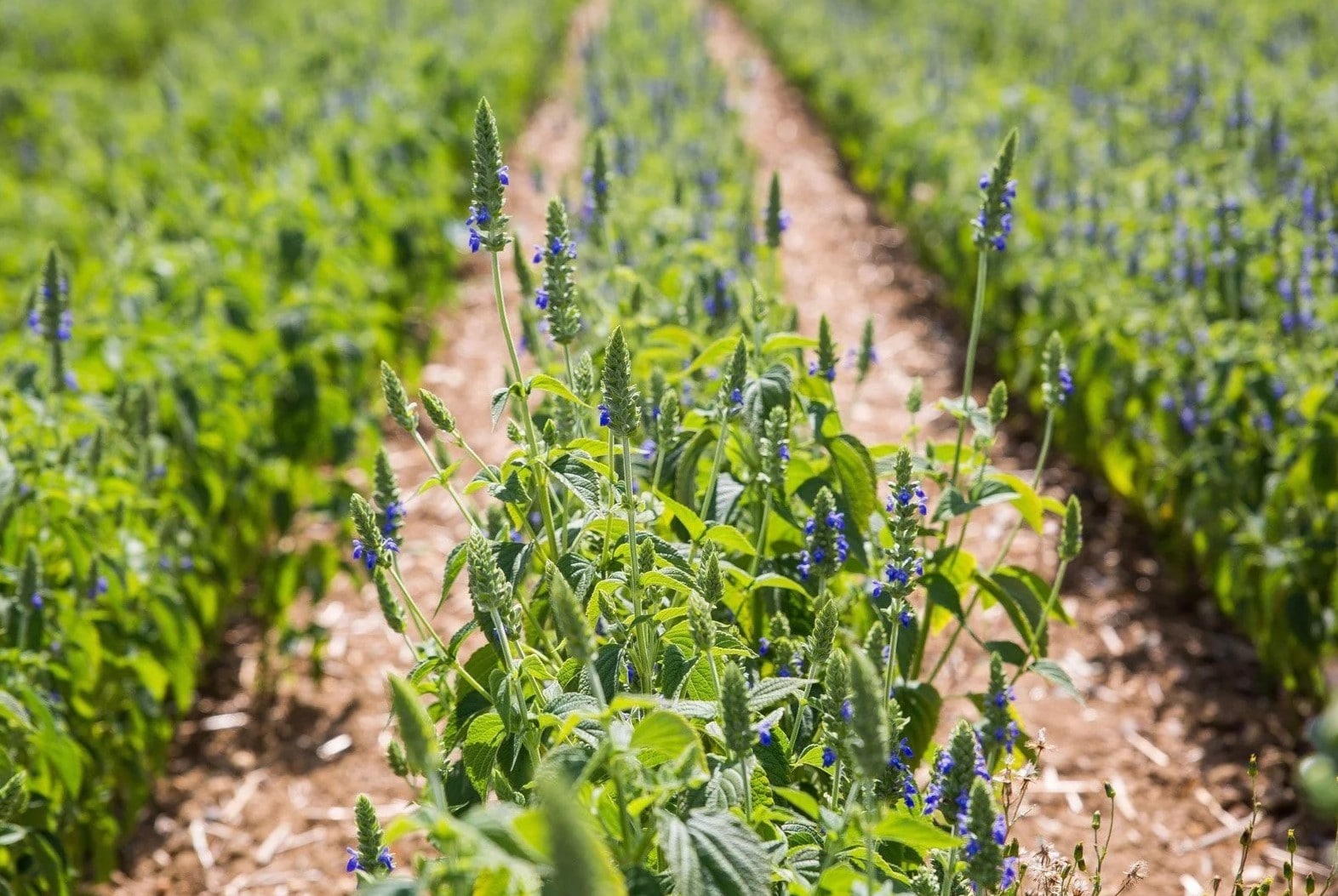
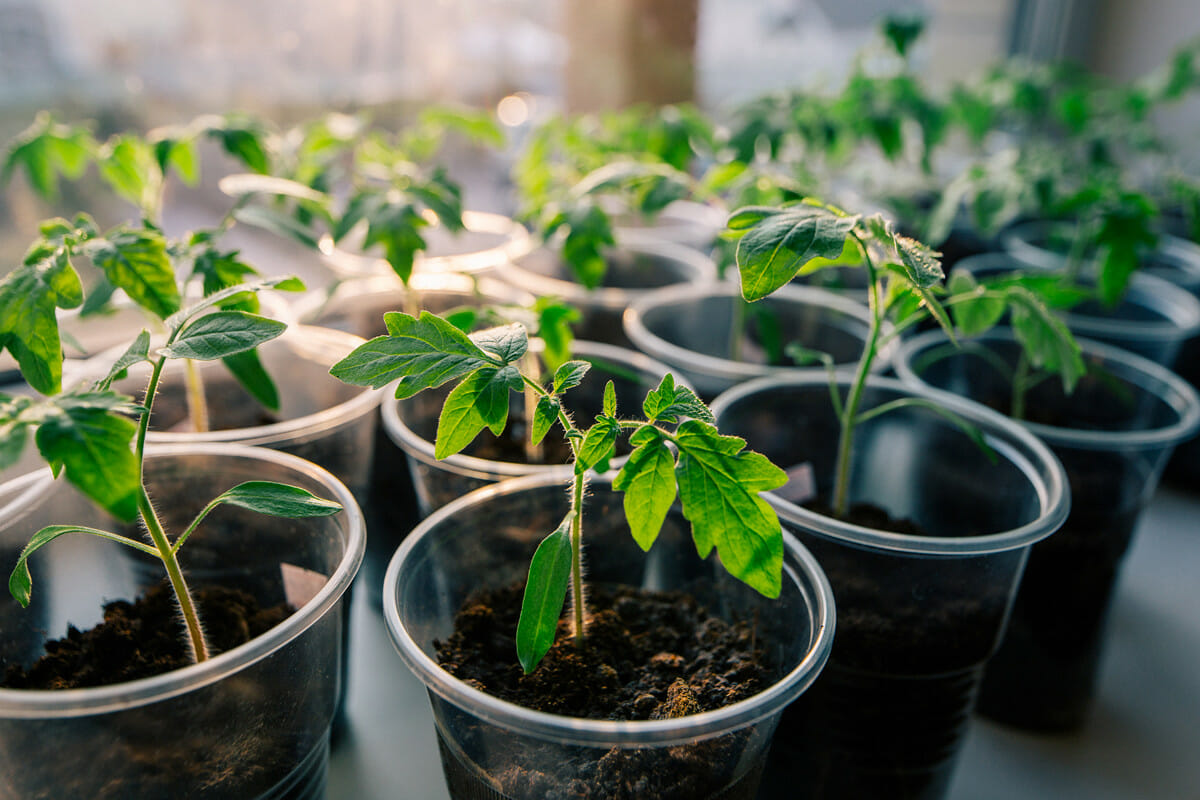
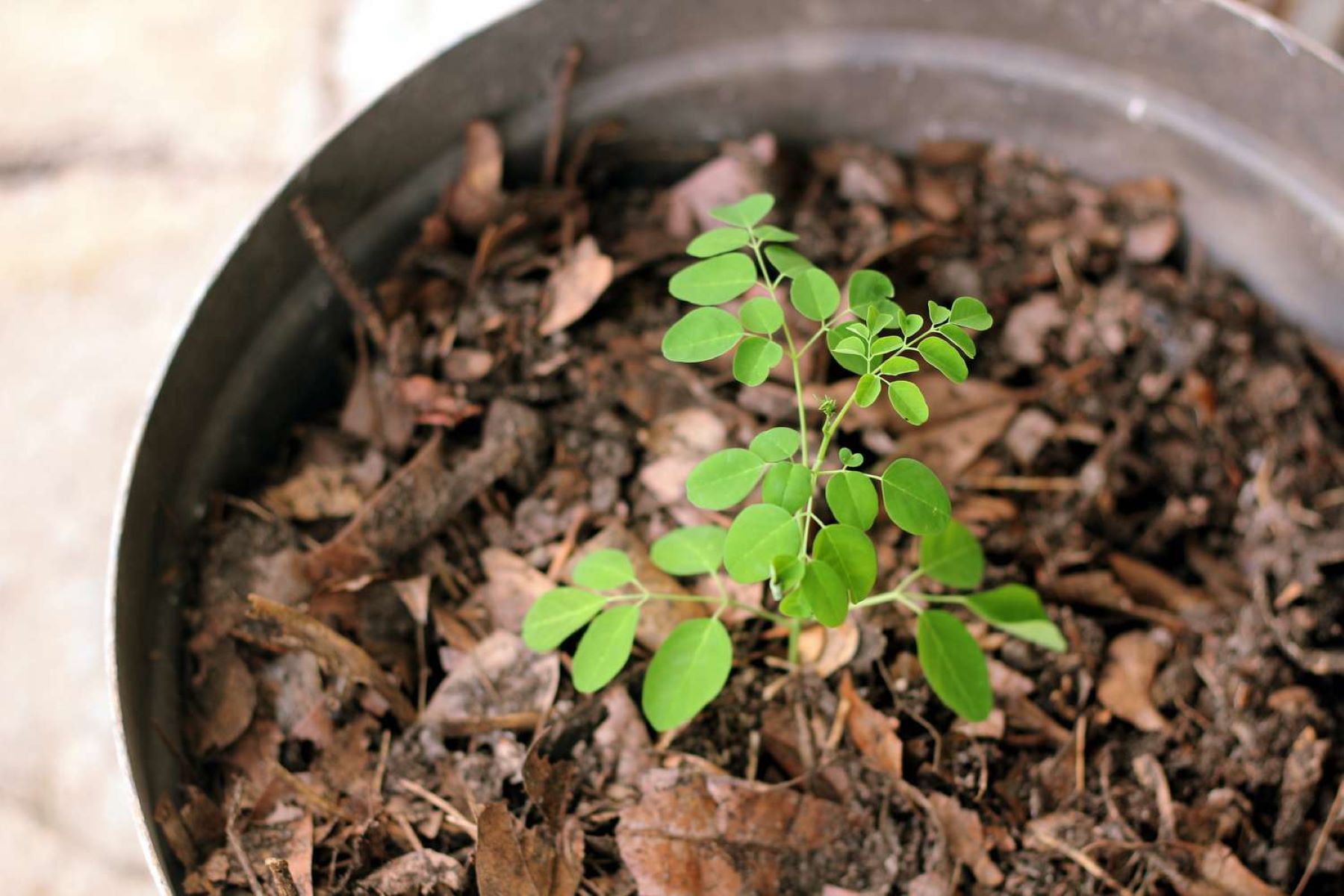
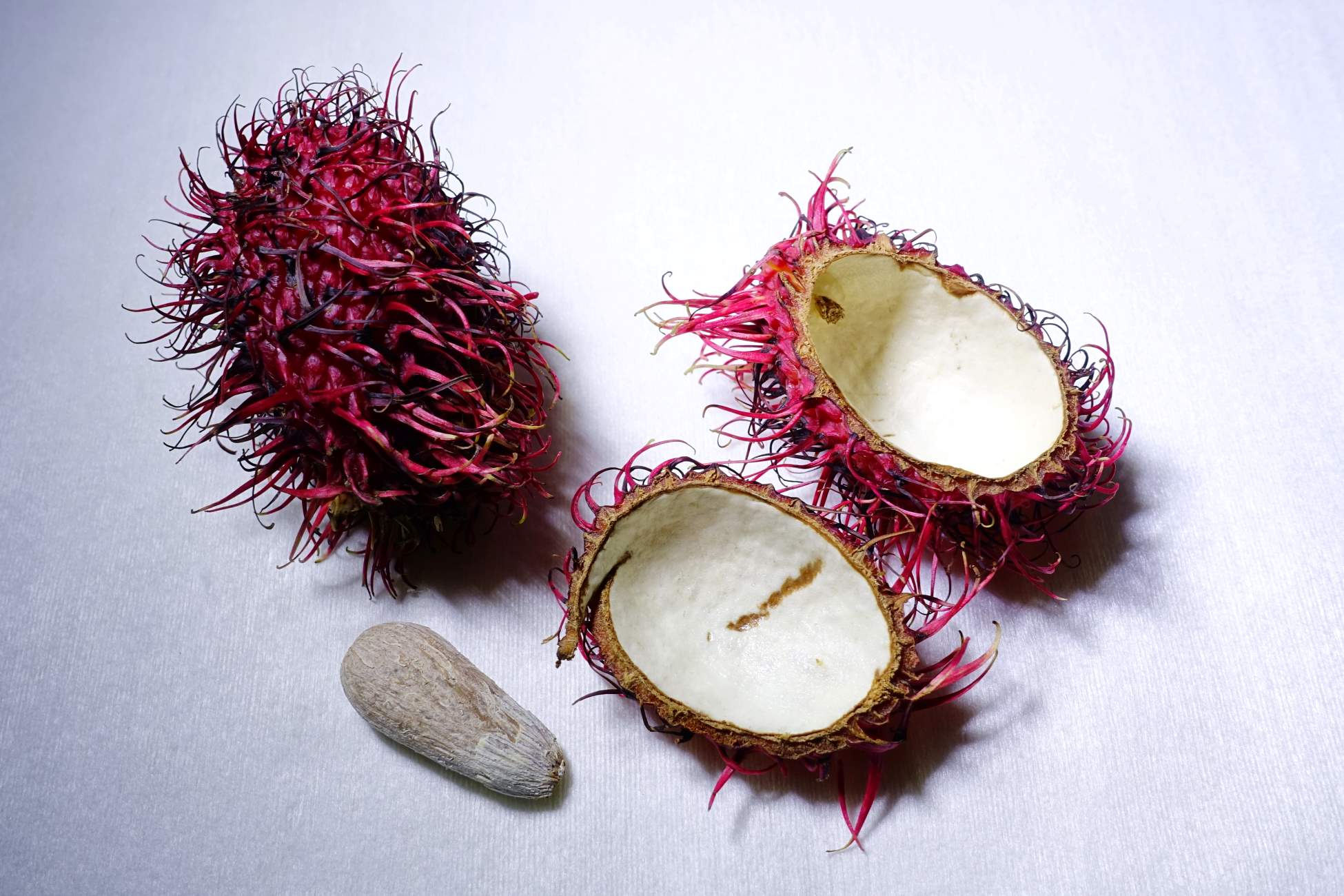
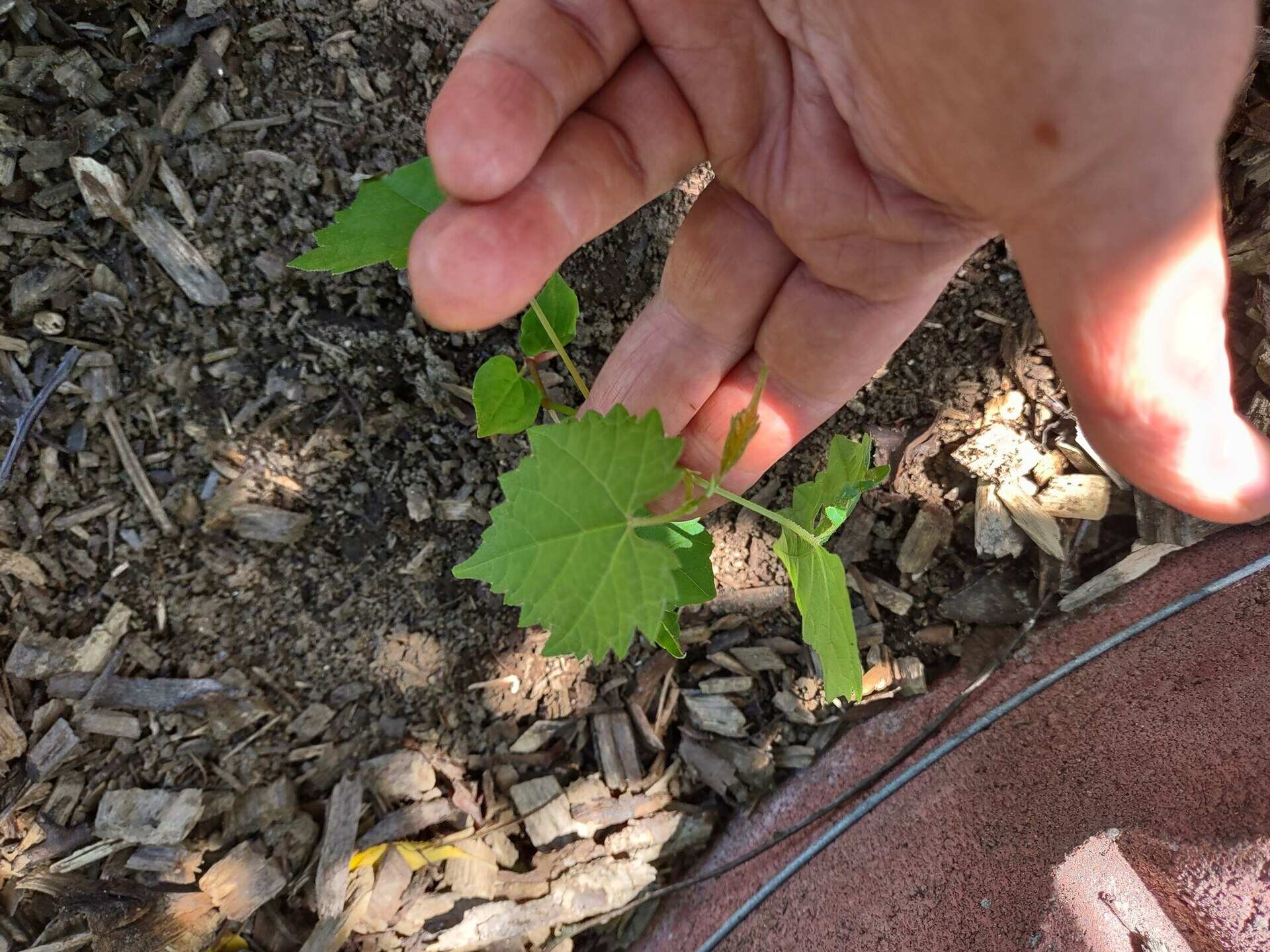
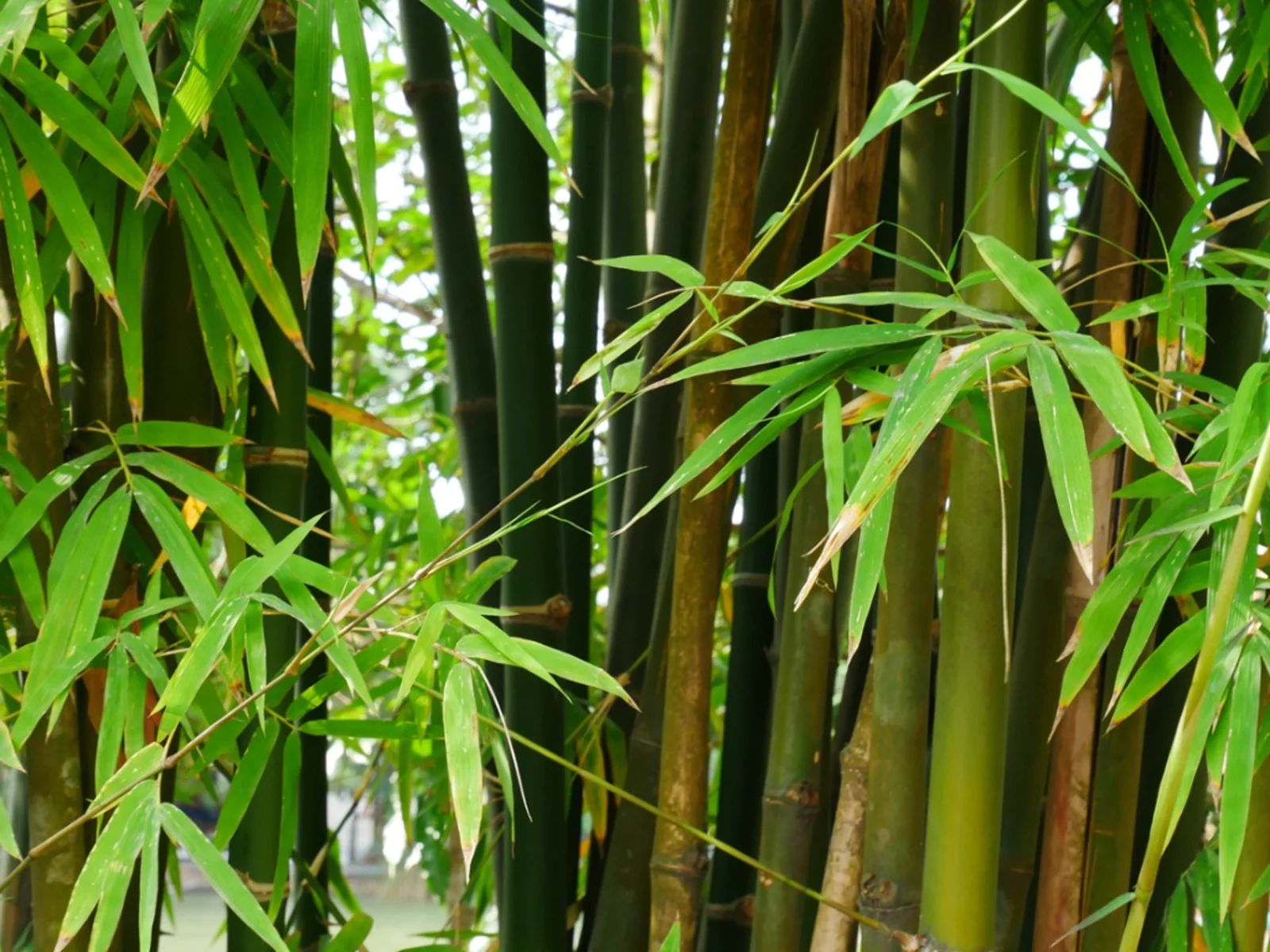
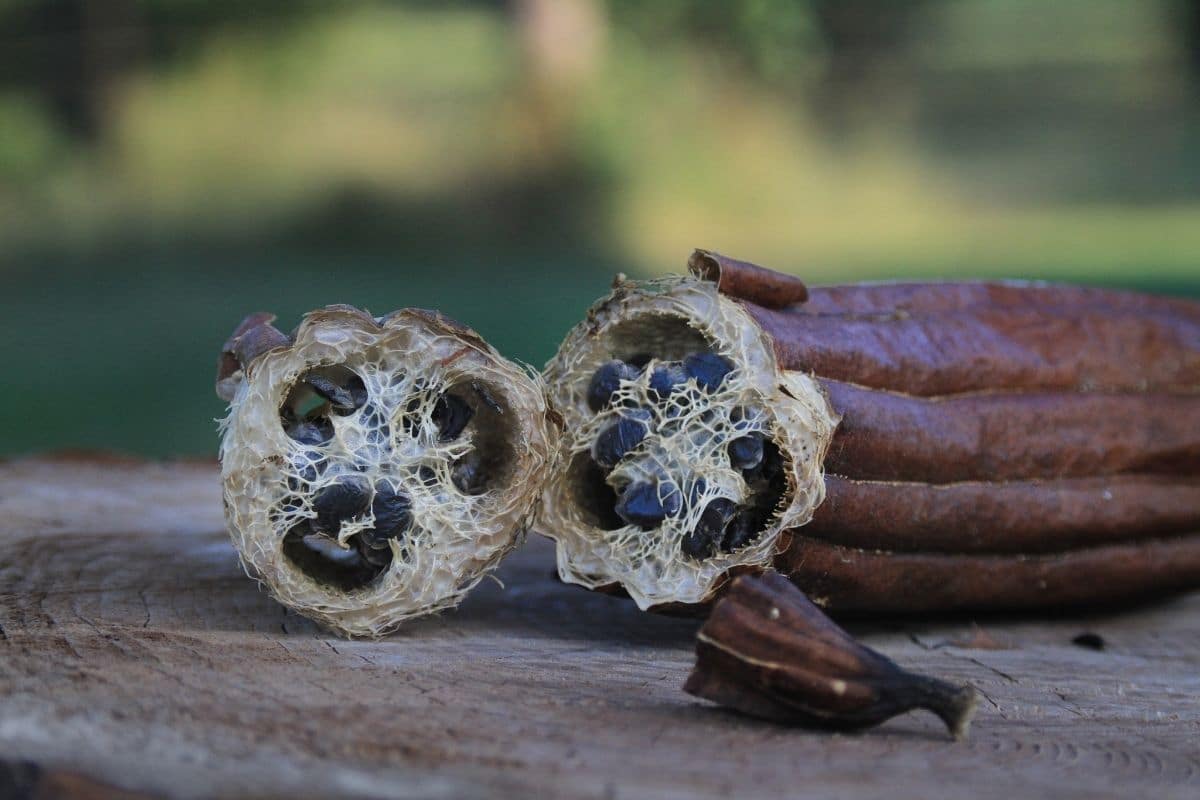
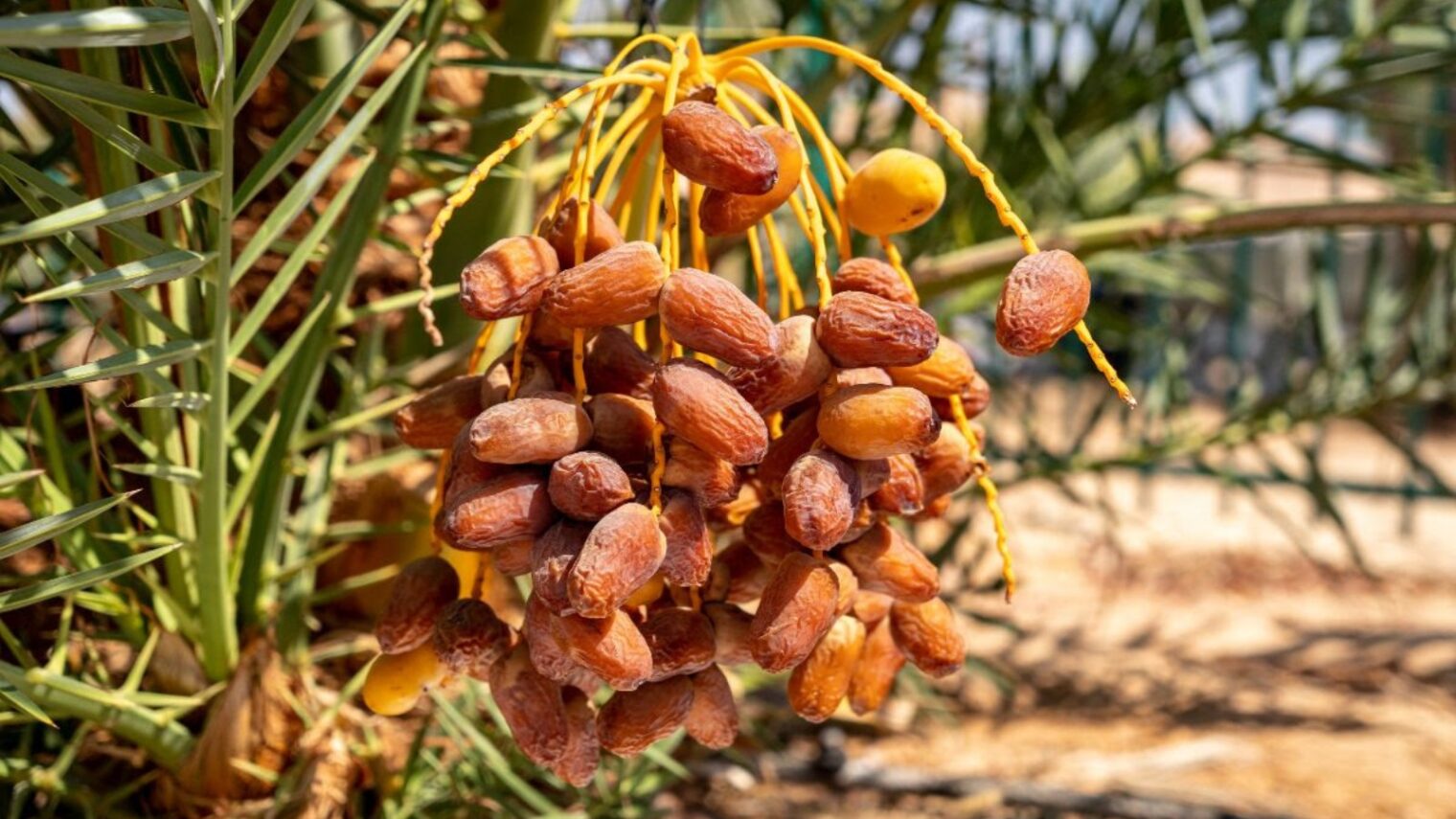

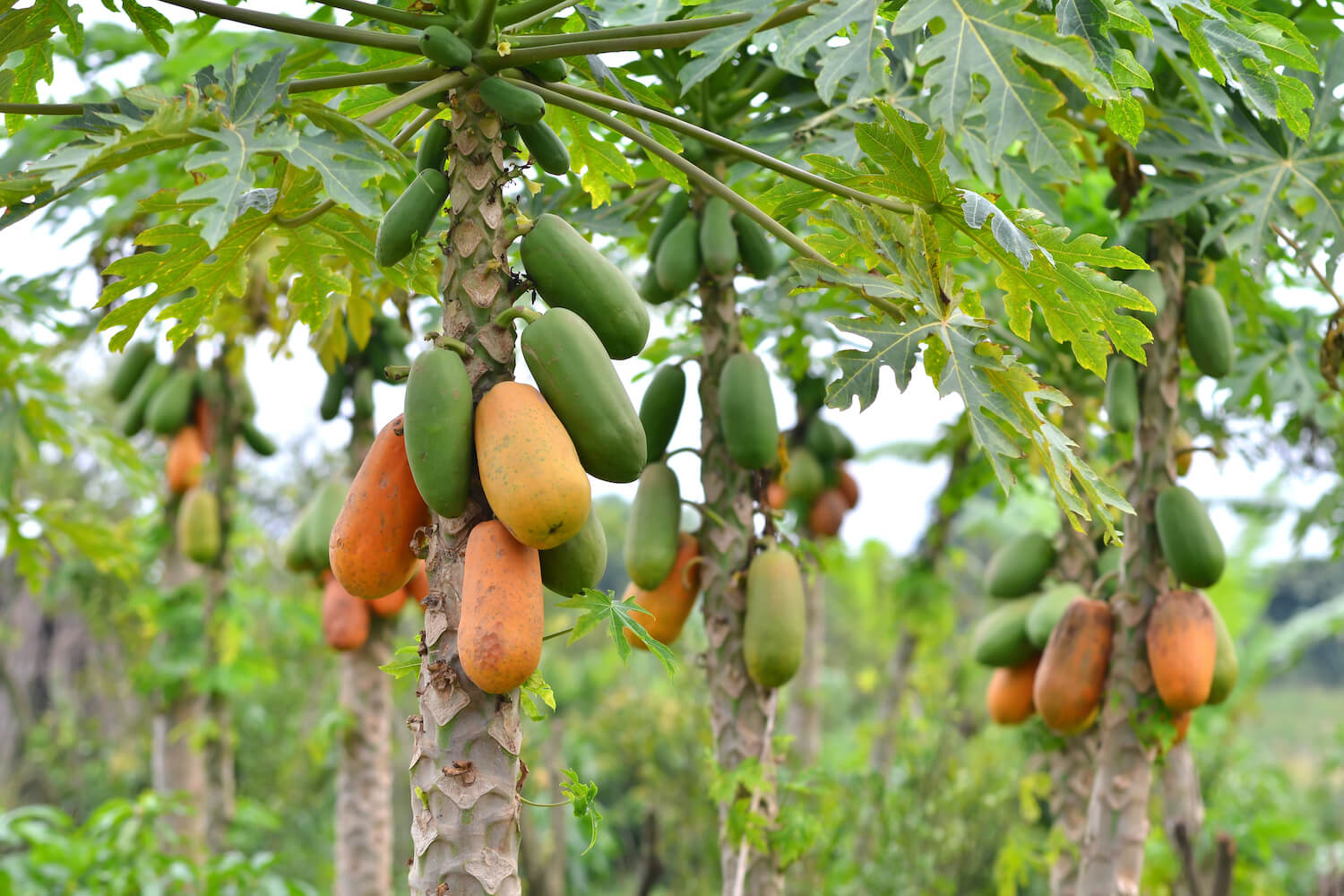
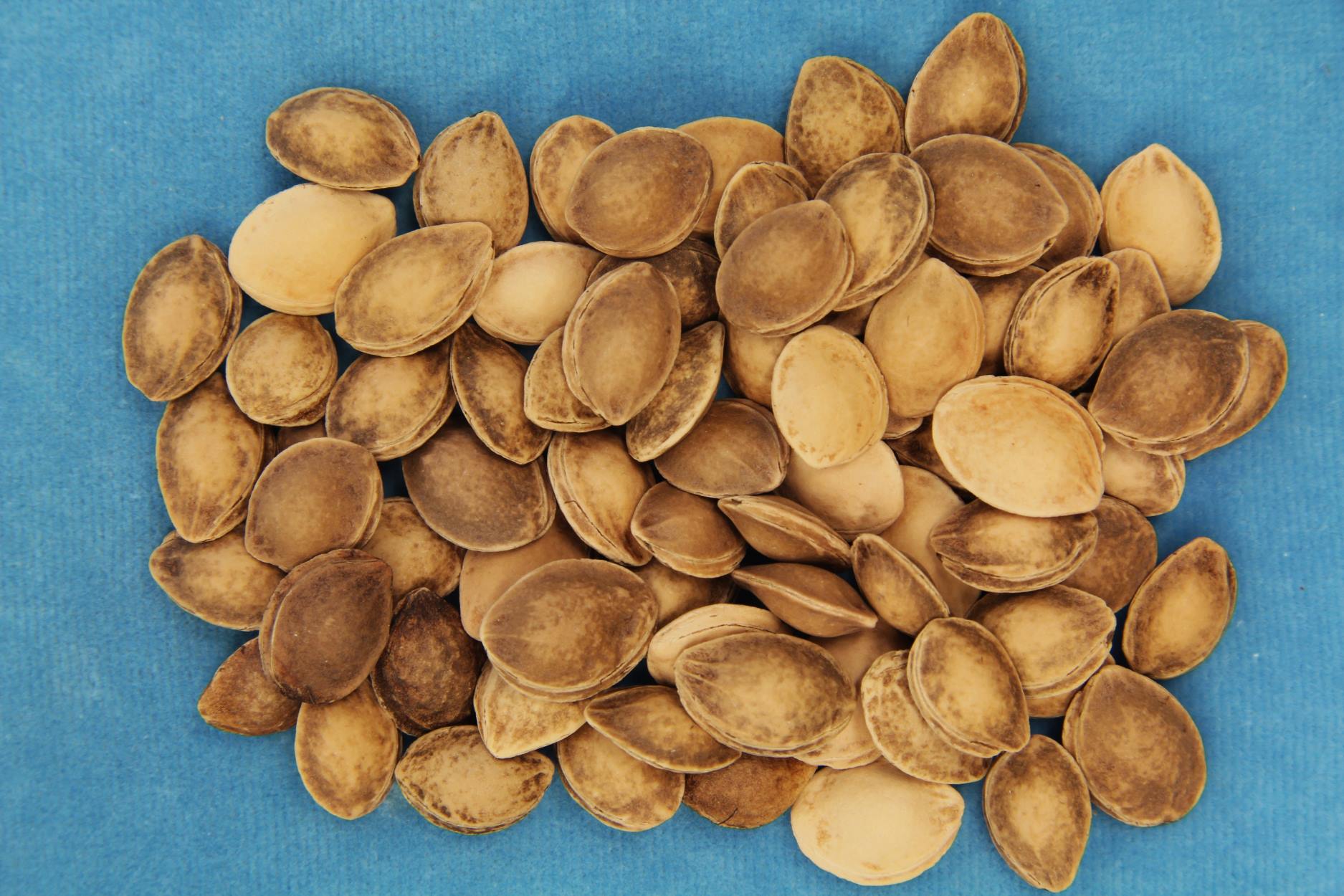
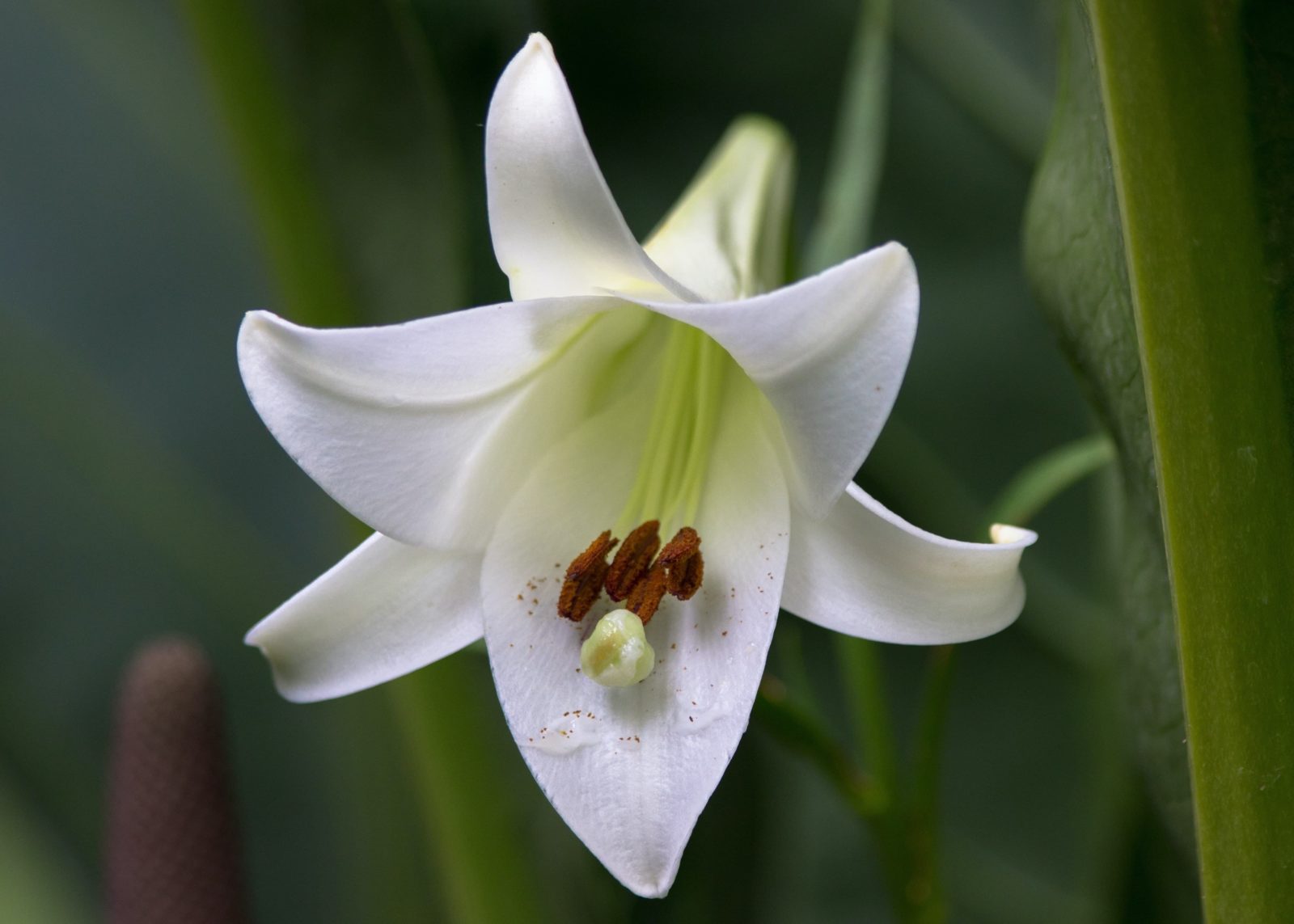


0 thoughts on “How To Grow Popcorn Seeds”